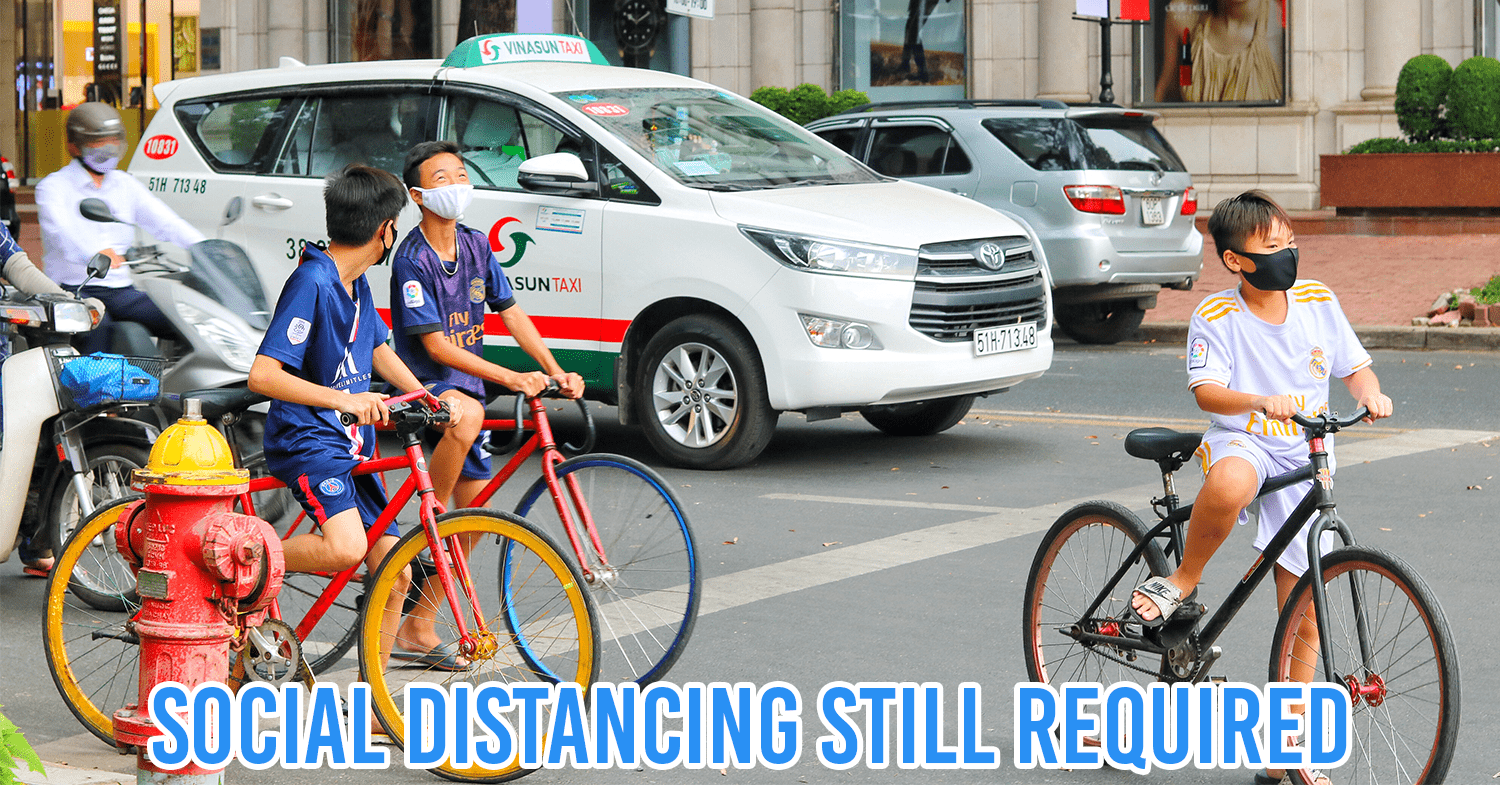Things to know about COVID-19
For the past 20 days, Vietnam has not reported any new cases of community transmission of COVID-19, the Ministry of Health (MOH) said in a daily update, as the latest case identified on 2nd May was imported.
Things brings the total number of infected patients in Vietnam to 271, while the most updated number of discharged patients is at 232. To date, Vietnam has 39 remaining coronavirus cases under treatment and has reported 0 fatalities from the virus.
Speaking on the results that Vietnam has achieved in the containment of COVID-19 outbreak, Dr Tran Dac Phu – head of the Ministry of Health’s General Department of Preventive Medicine and and a senior advisor at Vietnam’s Public Health Emergency Operations Center – shared insights into the evolution and further impacts of COVID-19. Here are the 4 important takeaways from his briefing.
1. As long as there are COVID-19 cases, community spread is still possible
Even though a similarity between SARS and COVID-19 has been established since the beginning – both are acute respiratory illnesses – those infected with SARS exhibited clear and severe symptoms. SARS patients often had to be hospitalized, which made it easier for health authorities to quarantine, monitor, and cure them.
Additionally, SARS does not spread as easily as the seasonal flu or COVID-19. For this reason, it took only months to manage and squash SARS.

Dr Tran Dac Phu spoke during the briefing
Image credit: Ministry of Health
COVID-19, on the other hand, is trickier. The coronavirus has a long incubation period and those infected exhibit mild or no symptoms of the disease, so people might not know that they’re carrying and spreading the disease.
“40% of those who are infected with SARS-COV-2 (COVID-19) do not show symptoms, while many exhibit only mild symptoms,” said Dr Tran Dac Phu, Head of General Department of Preventive Medicine in a briefing on 25th April. As a result, any society with infected but asymptomatic cases is still susceptible to COVID-19 community transmission.
2. Community immunity doesn’t work for COVID-19
You’ve probably heard of the term “community immunity” cited as one of the possible solutions to curb the spread of the coronavirus outbreak in some government briefings or in medical forums.

Basically, community immunity is when many people in a community contract a disease and become immune to it. This will, in turn, prevent the disease from spreading.
The fatality rate of COVID-19 is higher than that of the seasonal flu, so stronger measures than community immunity are needed to curb the disease.
“Community immunity can work against the spread of a seasonal flu, since the fatality rate isn’t as high as that of SARS-COV-2, which is harder to control,” Dr Tran Dac Phu emphasized.
3. Vaccine for COVID-19 required to end the pandemic
When asked about how long he thought the COVID-19 pandemic will last, Dr Tran Dac Phu gives the fair answer that nobody knows. Considering that there is no known vaccine at this point, it’s hard for any expert or country to give a definitive answer to that question.

Image adapted from: Thông tin Chính phủ
While we do need a vaccine to end the pandemic, what we do know at the moment is that the prevention measures – such as mapping out and clearing COVID-19 clusters – that Vietnam has taken have been effective so far.
4. Further lockdowns may be required to curb community transmission risks
Even though Vietnam has resumed public life, the well-being of ordinary citizens must still be prioritized, said Dr Tran Dac Phu.
“We must keep the infected cases to the minimum. If the cases go up, so does the risk of large-scale fatality. Therefore, it’s imperative that localities map out and quarantine immediately any area that has infected cases.”

Students practicing safe distancing in class
Image credit: Trường Người Ta
According to Dr Tran Dac Phu, even if we continue with social distancing, there is no guarantee that there will be zero community transmission. But social distancing makes it easier to isolate and monitor cases that are identified early and linked to a specific cluster.

Vietnamese bike riders maintaining 1-metre gap on the bike
Image credit: Trường Người Ta
That said, when one is out in the community, it’s impossible to tell exactly who’s still carrying the virus in their system.
“As long as the virus is still in someone’s system, there is still a high risk of transmission,” Dr Tran Dac Phu explained.
So even with social distancing measures in place, no country can completely curtail any risks of transmission between an infected person and a non-infected person.
COVID-19 things to know
Even though Vietnam has relaxed rules on social distancing, it doesn’t mean that we’re completely clear of the virus. Therefore, it is everyone’s duty to protect themselves and those they come in contact with by strictly following safety measures instructed by the MOH. Dr Tran Dac Phu also explained the things to know about COVID-19 that everyone should take note of.
When out in the public, everybody should maintain a 1-metre distance away from other people, maintain good hygiene, and always wear masks. And we should continue these preventive measures until a vaccine is developed.
Also check out:
- Ho Chi Minh City’s 1st metro station taking shape
- Safety regulations tightened at Noi Bai airport
- Vietnam students return to school after social distancing
Cover image credit: The Smart Local Vietnam
Enjoying The Smart Local Vietnam? Follow us on Facebook and LinkedIn for more stories like this.
